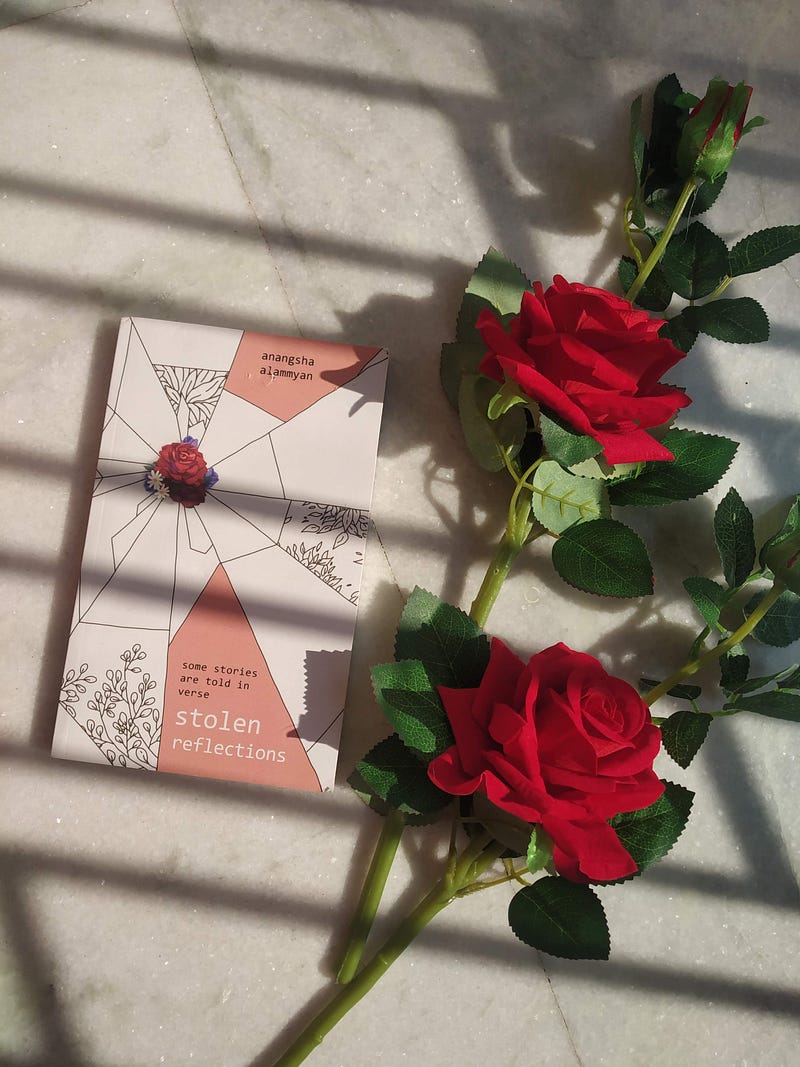What to do if you are an Indian looking to publish your first book.
The pros, the cons and everything you need to know

The pros, the cons and everything you need to know
Are you an Indian author who has just prepared his manuscript, and now dream of publishing with the big names in the industry? Or do you plan to start small, self-publish your first book and then see how things pan out? Either way, this article is for you. I am a two-time Quora Top Writer whose first book became the #1 Indian bestseller in poetry on Amazon. In this article, I talk about my experience with self-publishing and the lessons I learned as a first-time author.
The big question: self-publishing or traditional publishing?
There are a few traditional publishers in India who accept unsolicited submissions (i.e. book proposals submitted without a literary agent). But the time taken by the big names in the publishing industry is 4–6 months for all book proposals. I was impatient to get my first book out in the stands where people could read it, and that’s why I chose self-publishing.
Amazon KDP was my first choice, but sadly, they don’t print paperbacks in India. I scrounged the internet for other options and found Pothi — a print-on-demand service where the author has to invest nothing and would get paid 70% of the profits made from each book. It sounded like a fairy-tale, but the glitch here was that they would not provide an ISBN (which is essential if you intend to sell your books in a bookstore). Also, the MRP per book would be somewhat high, and the royalty relatively less. In addition, there was no international distribution and options to let the audience use a coupon code to get your book at discounted rates.
As an alternative, I looked through several options of vanity publishing and finally zeroed in on NotionPress. They guide you through the process of publishing — right from designing a cover (I had hired a professional designer and chose to stick with what they had put together. But that doesn’t mean the designs NotionPress shortlisted for me were bad) to choosing an MRP for your book. The royalty they gave was impressive, but considering their rather high fees, an author would need to make a substantially large number of sales to break even. For me, the magic number was 1000 — an elusive milestone I am still struggling to reach.
Note: I make frequent videos about writing and publishing in India. Check out my YouTube channel for more helpful content like this.
The pros and cons of not going the traditional way
- Self-publishing opens up a lot of avenues for a debut writer which would otherwise be impossible while going the traditional way.
- You have complete control over the content. No editor or proof-reader will try to change the work you had put in so much effort to create.
- It is a quick process — you don’t have to wait for months and endure a series of rejection letters before you can see your dream in print.
- You can choose the price of the book.
- Most self-publishing avenues give you 70–100% of the profit, and the sales process is pretty transparent. So you don’t have to worry about some bug publishing house swindling you out of your hard-earned money.
There are a lot of problems associated with self-publishing too, the biggest of which is marketing. Unless you spend a large sum of money on post-publication processes (or you have a loyal fan base online), the odds are high that your book will languish among those thousands of self-published books in India that nobody has ever heard of. Here is what you lose out on if you choose to self-publish:
- You’re the one who has to do all the marketing. This limits your audience to people within your friend circle.
- Getting genuine reviews is difficult. Your friends might be supportive; they might buy and read your book, but only 10% of them will bother enough to write a review.
- Most self-publishing houses in India don’t distribute your paperbacks in bookstores, limiting the distribution of your book.
- Because print-on-demand is an expensive process, the MRP of your book will be a lot higher than the traditionally-published ones. This can be a major blow if your target audience is the Indian youth, most of whom are used to reading books by established author priced at INR 100 or lower. Also, sales on Amazon or other e-commerce sites would require an additional shipping cost, which might make most readers decide against buying your book.
Love writing and want to make a career by being a full-time writer? Check out my FREE 5-day course on how to become a highly-paid writer.

Another major question: what about the financial aspect?
Technically, self-publishing your book should be free of cost, but all publishing houses charge you a nominal fee. You can get it done for as low as INR 1500 on Pothi or for INR 5000 on Evincepub. Even NotionPress has self-publishing packages starting for as low as INR 9900. All of these are print on demand services where an inventory of copies of your book is not maintained; the company prints books as and when they receive new orders.
- The books printed are of nice quality on 60–70 GSM paper.
- You get a free cover design within that budget (although it is just a stock image with a nice font and not something designed specifically for your book).
- The self-publishing businesses have editing/proofreading rounds, but speaking from experience, the onus falls on the author to provide an error-free manuscript, as these companies mostly only check for font-size/formatting errors, proper indexing and page numbers.
- The royalty is mostly split 70–30 between author and publisher, but you can hope to make a profit if the readers purchase the books from the publisher’s website only. In the case of an average Indian who prefers buying their books from Amazon or Flipkart, the royalty you get would be low.
- You will get a certain number of author copies for free, and then onwards, you would be charged a nominal amount for every new author copy you order (which is around 50–60% if the MRP you had set). This again tends to be a problem if you want to list your book in bookstores. Most franchisees demand a profit cut of 45–50%. So, if you are self-published, you have very little hope of earning money through sales in bookstores.
You can also opt for guided publishing packages which can go as high as INR 1,30,000 on any of these platforms. The difference between self-publishing and guided publishing is that in the latter case, you will have a dedicated team of cover designers/proof-readers assigned to your book. In addition, the company will take steps to promote your book on social media. Some of the measures they take are developing a book trailer and publicizing it on YouTube, promotional posts on social media and a book launch event at a bookstore or in a book fair. Apart from that, most of the rest of the services remain the same in both cases.
Loved this article and want more insights like this delivered straight to your inbox every week? Join 1800+ readers and become a part of my email family.
My book Stolen Reflections was released in April 2018. It is a story about love, loss and the struggle of starting over — told solely through poems. It is a journey of finding oneself through heartbreak, of gathering the strength to stand up, in spite of having the world throw us in the deepest, darkest pit. It is my debut poetry venture which was an Amazon bestseller within 4 days of its release and retained its position in Amazon India’s Top 100 bestselling books for over 2 months.


